
Starting June 1st, 2023 Our warehouse fee will be $0.65/cubic foot per month
In effort to lower the warehouse storage fee during inflation, we have went narrow aisle racking.This construction took us four months but the project is finally completed. With narrow aisle racking, we are able to drop storage by 24%.We as partners will go through this inflation together.
05/20/2024
In the realm of shipping and transportation, safeguarding your valuable possessions isn't just important - it's imperative. Whether you're entrusting fragile artwork, delicate electronics, or cherished family heirlooms to the journey, ensuring their safety is not merely advisable; it's indispensable. This is where the expertise of crafting a robust defense system comes into play - a meticulously constructed barrier standing between your treasures and the unpredictable voyage ahead.
At its essence, crafting goes beyond mere containment within a box; it represents a strategic method empowering you to shield your valuables from the challenges of transportation. From the rough handling of shipping facilities to the bumps and vibrations of long-haul trucking, every leg of the journey presents potential hazards to your items' integrity. Mastery of the crafting process is essential for anyone seeking to ship their valuables with confidence.
Whether you're a seasoned veteran of shipping logistics or embarking on your inaugural shipping endeavor, join us as we delve into the nuances of crafting and furnish you with the insights necessary to protect your most cherished possessions. Let's delve into the art of crafting together.
The best related articles for you to update new knowledge:
👉 Floor Loaded vs Palletized: What's the difference and what's the best choice?
👉 Explore Worldcraft Logistics' new Dallas, TX warehouse (2024 Solution)
👉 Top 15 types of warehouses: Functions and choosing the warehouse for e-commerce
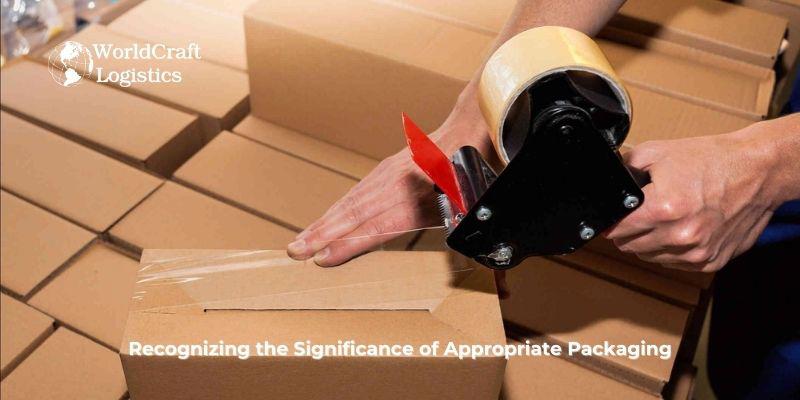
Effective crating is imperative for safeguarding valuable shipments, acting as the primary barrier against various hazards encountered in transit. Prioritizing top-notch crates and employing correct crating methodologies is crucial to guaranteeing the security and preservation of your valuable possessions.
During transit, packages contend with a myriad of external pressures such as impacts, vibrations, and compression. Fragile contents like glassware, artwork, or electronics face potential harm without ample protection. Effective crating offers a robust shield, absorbing shocks and mitigating the likelihood of breakage or deformation en route.
Environmental elements, including temperature shifts, humidity levels, and moisture exposure, can endanger delicate items alongside physical damage. Crates serve as a safeguarding barrier, shielding valuables against adverse weather conditions while ensuring a consistently stable internal environment, crucial for their long-term preservation.
Numerous shipping companies enforce stringent regulations and guidelines pertaining to packaging prerequisites for various goods. Adherence to these mandates is crucial to prevent shipment rejections or incurring extra charges. Adhering to proper crating procedures guarantees that your parcels fulfill essential safety and compliance standards, thereby minimizing the risk of transit delays or complications.

Numerous individuals and enterprises cherish their shipped items for their considerable monetary or sentimental worth. Safeguarding these investments, be it precious artwork, fragile antiques, or advanced technology, is of utmost importance. Employing proper crating techniques serves to uphold the value of these assets, mitigating the potential risks of damage or loss during transportation and ensuring the protection of both financial and emotional investments.
In the realm of commerce, the state in which goods reach their intended endpoint holds paramount importance, directly influencing customer contentment and brand esteem. The conveyance of goods marred or flawed can precipitate adverse feedback, product returns, and erosion of consumer confidence. Through the strategic allocation of resources towards adept packaging and meticulous oversight of delivery processes, enterprises can bolster their standing for dependability and excellence in service provision.
Choosing the right materials for crating stands as a pivotal measure in guaranteeing the safe transportation of your prized possessions. Various materials present differing degrees of durability, safeguarding, and cost efficiency. Grasping the distinct attributes of each material and its aptness for particular shipping requirements remains imperative in crafting crates that deliver optimal protection.
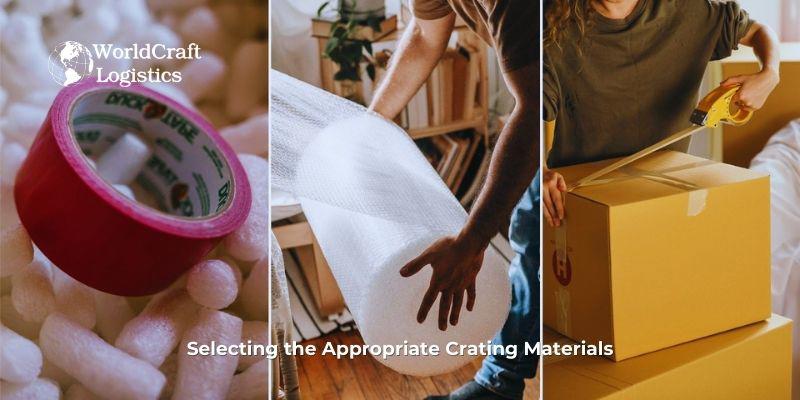
Renowned for its robustness, longevity, and adaptability, wood serves as a preferred material in various applications. While hardwoods like oak, maple, and birch are favored for sturdy crates, softer variants such as pine or plywood find utility in lighter loads. Offering superior resistance to impacts, wooden crates are customizable to match the dimensions of cargo. Nonetheless, they often entail greater weight and cost compared to alternative materials.
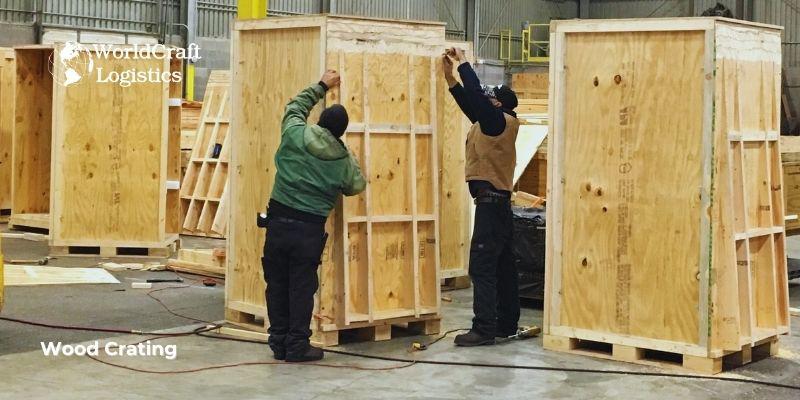
Plywood emerges as a budget-friendly substitute for solid wood crates, boasting comparable robustness and longevity. These crates are crafted through a process of layering slender wood sheets, fused together with adhesive. Such methodology ensures steadfastness, warding off tendencies of warping or splintering, rendering plywood crates a prime choice for safeguarding valuables in transit. Moreover, their lighter weight compared to solid wood counterparts slashes shipping expenses and facilitates easier handling.
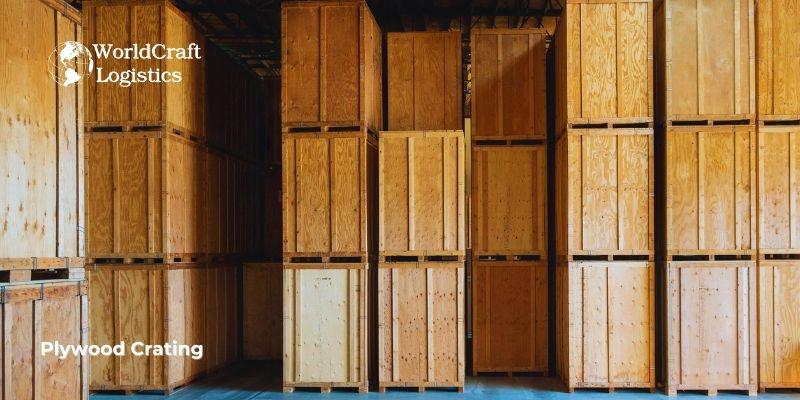
Corrugated cardboard emerges as a cost-effective and lightweight solution ideal for crafting items of modest fragility. Comprising layers with a fluted inner layer nestled between two flat outer layers, corrugated cardboard crates present a viable alternative for safeguarding items during transit, particularly those with minimal susceptibility to damage. Moreover, their recyclability renders them an eco-friendly option, appealing to environmentally aware shipping practitioners.
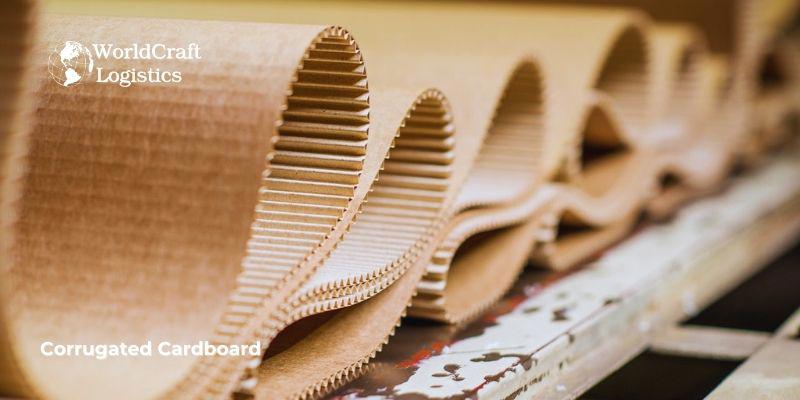
Metal crates, commonly fabricated from robust materials such as steel or aluminum, prove indispensable in high-stakes shipping scenarios demanding utmost resilience and safeguarding. Renowned for their unparalleled sturdiness and ability to withstand impacts, metal crates emerge as the top choice for safeguarding valuable machinery, equipment, or industrial parts during transportation. Nonetheless, their weightiness and premium cost compared to alternative materials necessitate supplementary handling equipment for efficient loading and unloading procedures.
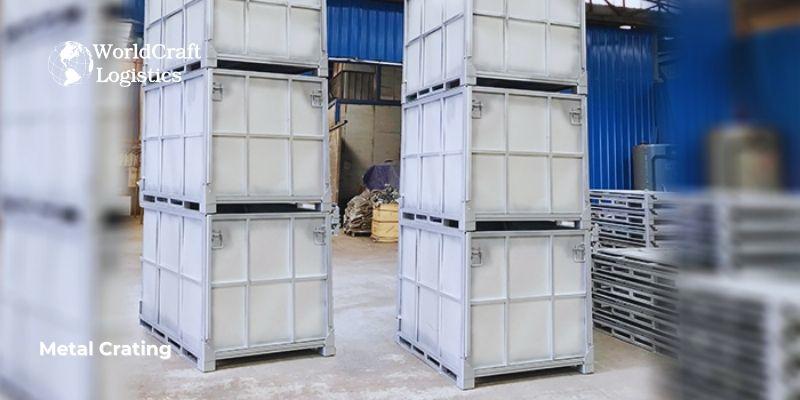
In the realm of materials, composite substances like engineered plastics or fiberglass present a trifecta of attributes: strength, durability, and lightweight properties. Their utilization finds prominence in niche shipping endeavors where conventional materials falter in providing ample safeguarding. Tailored to precise needs, composite crates boast formidable resilience against various environmental elements such as moisture, chemicals, and UV radiation.
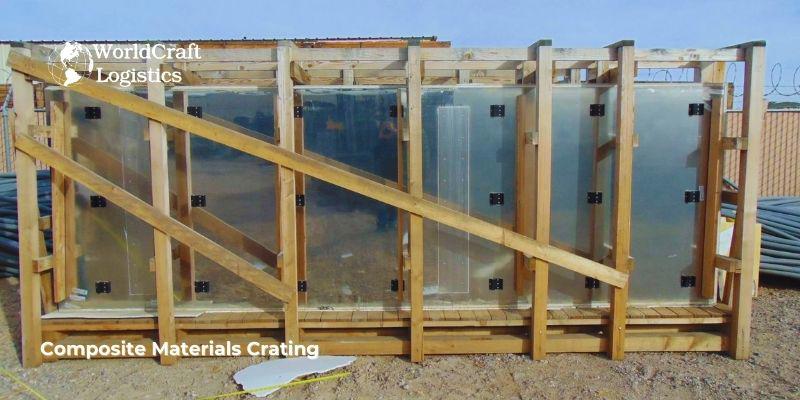
Crafting bespoke crates precisely suited to the unique dimensions and needs of your prized possessions is paramount for guaranteeing their secure transit. Tailored crates furnish a degree of safeguarding and assurance that generic alternatives might lack, given their tailored construction to snugly accommodate the contours and proportions of your belongings. Here, we delve into the pivotal stages of crafting and constructing custom crates.
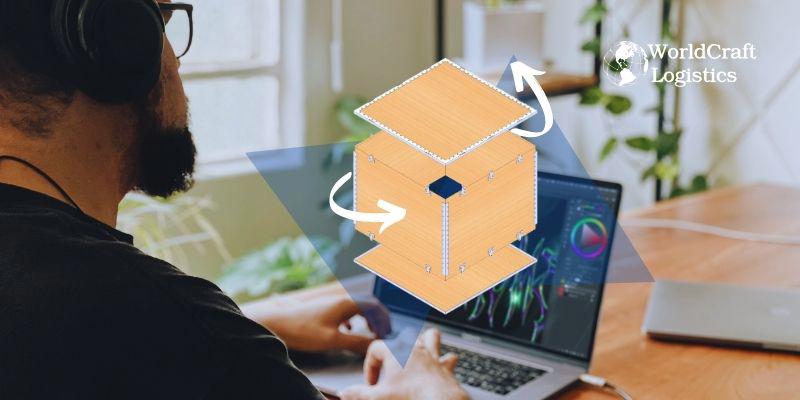
The initial phase of crafting personalized crates involves evaluating the shipping requirements for your assets. Factors to ponder encompass the dimensions, mass, delicacy, and worth of the items in transit, alongside any specialized handling or environmental prerequisites. This crucial data aids in delineating the suitable crate blueprint and selecting the appropriate construction materials.
Precise measurements play a pivotal role in crafting bespoke crates tailored to safeguard your prized possessions with utmost precision. Assess the length, width, height, and any irregularities or protrusions of the items meticulously to inform the crate's design. These measurements form the bedrock of a comprehensive dimensional analysis indispensable for the construction of the crate.
Utilizing dimensional analysis, engineers craft a crate that optimizes space for items while reducing surplus material. Key considerations encompass crate structure, bracing, cushioning, and ventilation to bolster protection during transportation. Applying engineering principles, the aim is to enhance crate strength and longevity while curbing weight and material consumption.
After finalizing the crate design, carefully select construction materials that provide essential strength, durability, and protection for your valuables. Balancing factors such as cost, weight, and environmental impact is crucial during material selection. Following the design specifications, meticulously construct the crate, emphasizing precise measurements and secure assembly to guarantee optimal functionality.
Prior to dispatching your prized possessions, it is imperative to subject the custom crate to rigorous testing to ascertain its compliance with essential strength, durability, and protective criteria. This entails executing stress, impact, and environmental assessments to replicate the rigors of transit conditions and pinpoint any potential weaknesses or susceptibilities. Additionally, instituting quality assurance protocols is crucial to affirm that the crate adheres to or surpasses pertinent industry benchmarks and regulations.
Ensuring the safety and security of your valuables during transit hinges on proper packing. A well-designed crate may prove futile in safeguarding items if not packed securely. Here, we delve into optimal packing practices to mitigate the risk of shipping-related damage.
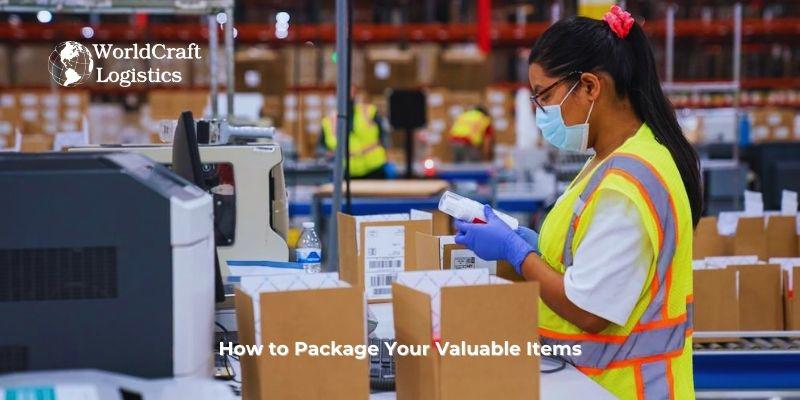
Select cushioning materials like foam, bubble wrap, or packing peanuts to create a protective barrier for your valuable possessions. Wrap delicate items separately and ensure ample cushioning to occupy any voids within the container. This method effectively absorbs impacts and vibrations during transportation, minimizing the potential for breakage or harm.
When preparing items for shipment, it is crucial to meticulously arrange them within the crate to mitigate any potential movement during transit. Prioritize placing heavier items at the bottom and lighter ones on top to prevent crushing or shifting. Employ dividers or partitions as necessary to separate items and offer supplementary support. Additionally, ensure the crate is not overcrowded, as this can heighten the likelihood of damage during handling.
After meticulously cushioning and arranging items within the crate, firmly secure them with either straps, bands, or packing tape. It's crucial to ensure a snug fit, preventing any potential shifting or movement during transit. Additionally, incorporate extra padding or blocking to offer enhanced stability and protection, especially for delicate items.
Ensure the crate is appropriately labeled with handling instructions, orientation arrows, and specific care guidelines. A packing list or inventory of crate contents should be included for easy reference. These measures are crucial for facilitating proper crate handling by ensuring handlers are informed, thereby minimizing the likelihood of mishandling or transit-related damages.
After items have been carefully placed and safeguarded within the crate, it is imperative to seal them tightly utilizing durable packing tape or strapping. It is crucial to verify that all seams and openings are properly sealed to deter any tampering or inadvertent opening while in transit. Additionally, contemplating the utilization of tamper-evident seals or incorporating security features can provide an extra layer of assurance.
Read more: 👉 How to ship fragile items to keep them INTACT and REDUCED COST
Accurate labeling and adept handling of crates play pivotal roles in guaranteeing the secure and seamless transportation of your assets. Transparent labeling furnishes vital details to handlers, while employing appropriate handling methods mitigates the likelihood of damage en route. In this segment, we delve into optimal strategies for labeling and handling crates to safeguard valuables.
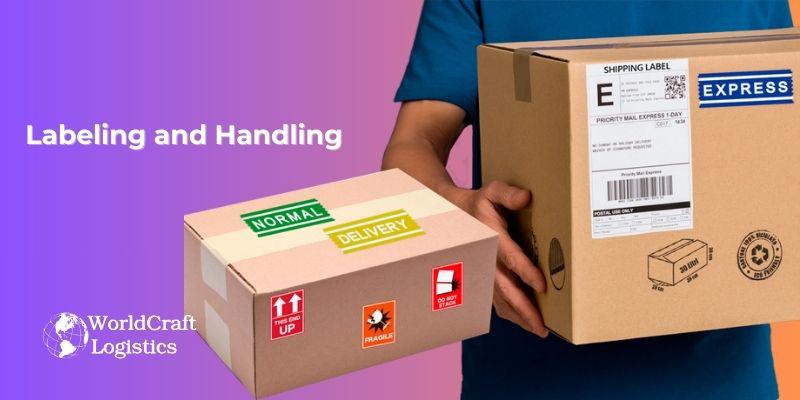
Each crate must be meticulously labeled with vital details including its contents, destination, handling instructions, and any special care needs. Employ sturdy, waterproof labels and incorporate orientation arrows to denote the proper upright orientation of the crate. These measures are crucial in facilitating handlers to accurately recognize and manage the crate, thereby minimizing the potential for mishandling or damage.
Include specific handling instructions on the crate to inform handlers of any special considerations or precautions. For example, if the contents are fragile or sensitive to temperature fluctuations, specify “Fragile” or “Handle with Care” on the label. If the crate contains hazardous materials, ensure it is labeled accordingly and complies with all relevant safety regulations.
It is imperative to load crates onto transport vehicles with precision to mitigate any potential shifting or damage while in transit. Adhere to stacking protocols diligently to guarantee that containers are arranged securely and uniformly, thus minimizing the risk of collapse or crushing. Employ stacking cones or interlocking mechanisms to bolster stability further, thereby curbing any possibility of crates slipping or moving during transportation.
Personnel are trained in correct lifting and handling methods to mitigate injury and safeguard crates and their contents. Utilize lifting machinery like forklifts, pallet jacks, or dollies for safe transportation of heavy crates. Prevent damage by refraining from dragging or sliding crates. Handlers must wear suitable personal protective gear like gloves and safety shoes during crate handling procedures.
Enforcing stringent quality control measures is imperative to ensure the proper handling and transportation of crates in accordance with established protocols and standards. Routine inspections of crates and handling equipment must be carried out to promptly identify and address any indications of damage or wear. Additionally, it is crucial to oversee handling procedures, offering feedback and training to staff as necessary to uphold high levels of care and safety.
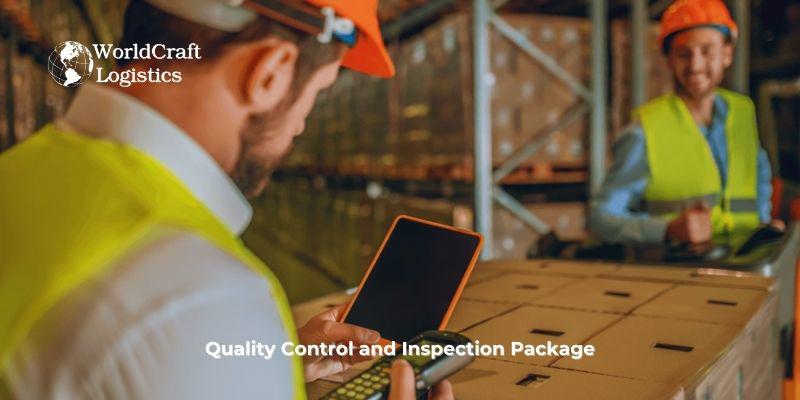
Read more: 👉 How to create Shipping labels, print, manage & read parameters accurately
In conclusion, mastering the craft of crating is paramount for safeguarding valuables during transit and guaranteeing their secure arrival at their intended destination. Understanding the significance of appropriate crating entails selecting suitable materials, crafting custom crates, securely packing items, and meticulously labeling and handling crates. Adhering to these best practices mitigates the risk of damage, thereby safeguarding investments.
By adhering to these recommended procedures for labeling and handling crates, the likelihood of damage to valuable items during transit is minimized, ensuring their safe and secure delivery. It is essential to recognize that proper handling plays a pivotal role in safeguarding valuables and upholding a reputation for reliability and quality service.
Effective crating transcends mere box enclosure; it necessitates strategic planning, meticulous attention to detail, and adherence to best practices. Whether shipping fragile artwork, delicate electronics, or valuable antiques, investing in quality crates and following proper crating techniques is crucial for preserving their integrity and worth. Consider leveraging the expertise and resources of WorldCraft Logistics to aid in this endeavor.
Their user-friendly platform and comprehensive freight services streamline the shipping process, offering the necessary tools and support to transport valuables safely. With WorldCraft Logistics as your partner, navigate the intricacies of shipping with confidence and peace of mind, entrusting your treasures to capable hands.
SEO
Digital Marketing/SEO Specialist
Simon Mang is an SEO and Digital Marketing expert at Wordcraft Logistics. With many years of experience in the field of digital marketing, he has shaped and built strategies to effectively promote Wordcraft Logistics' online presence. With a deep understanding of the logistics industry, I have shared more than 500 specialized articles on many different topics.
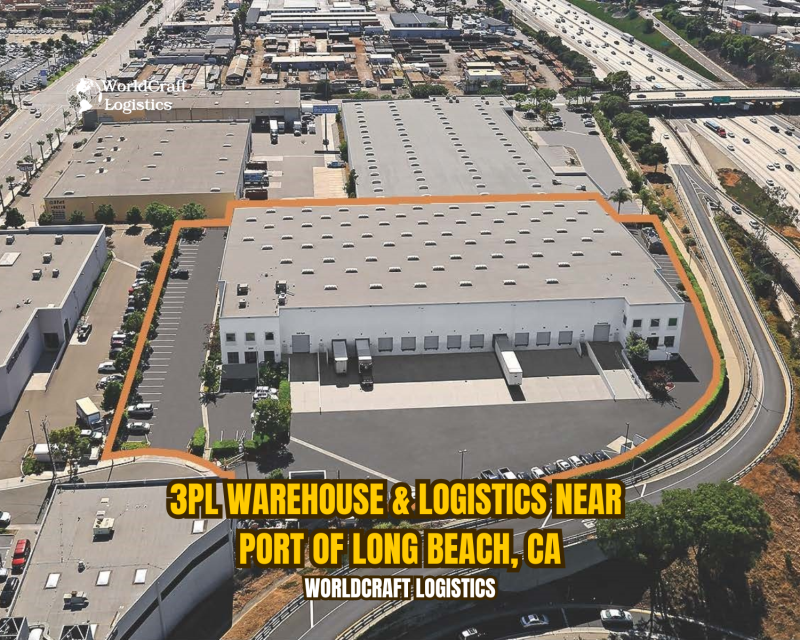
Warehouse
12/30/2024
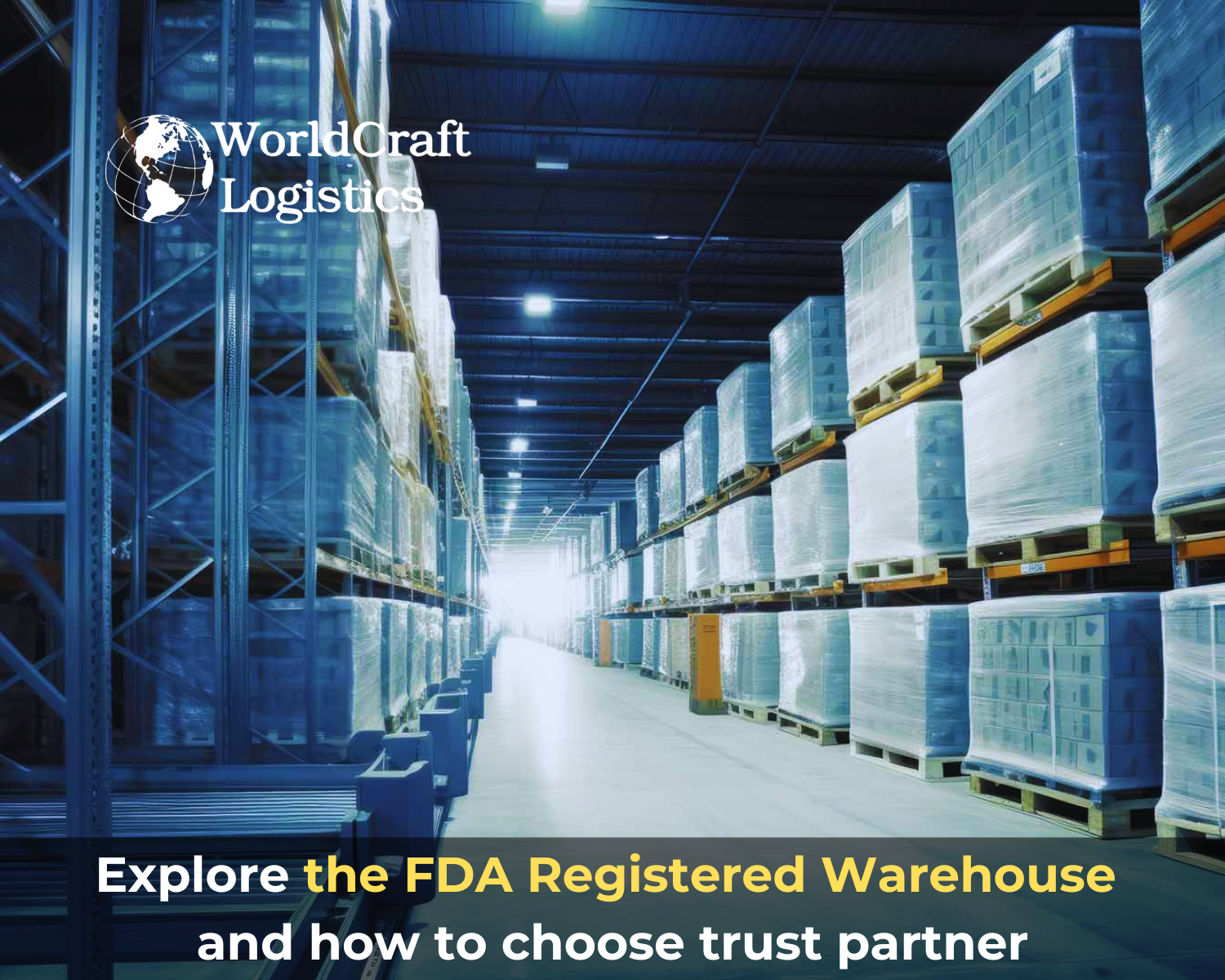
Warehouse
06/16/2024
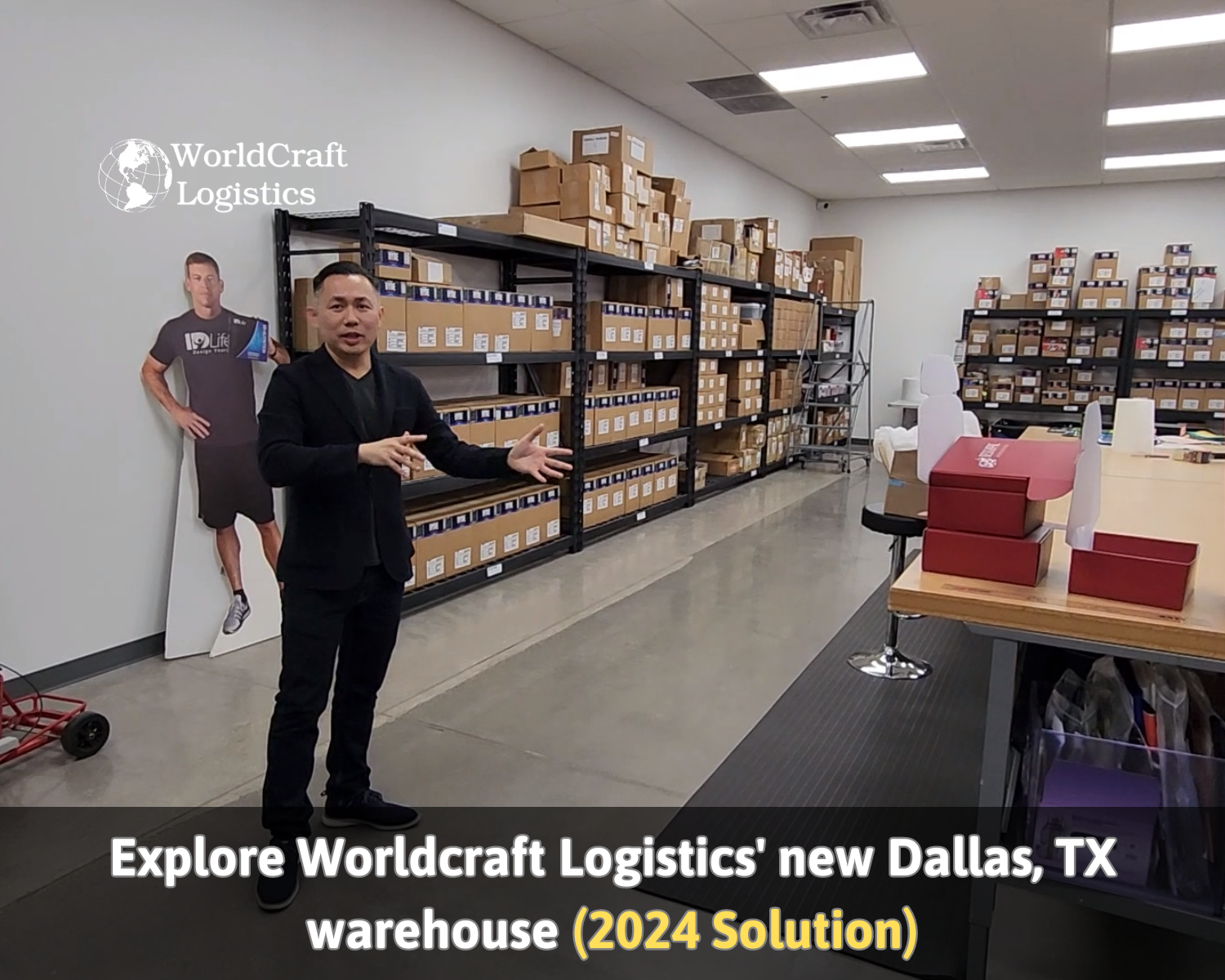
Warehouse
03/03/2024

Warehouse
08/25/2024

Warehouse
02/20/2023